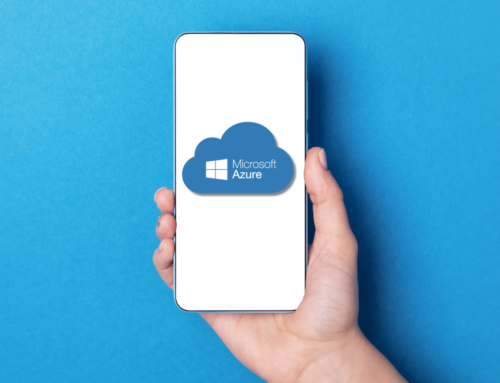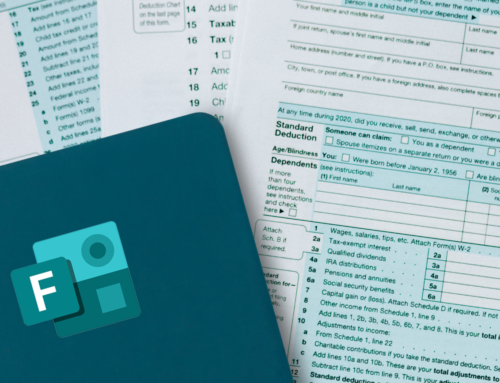What do you think of when you hear the term ‘disaster’? For most people, a natural disaster comes to mind. But did you know that natural disasters account for just 10% of downtime? Clearly the culprit here is not mother nature, but rather something more sinister.
According to Enterprise Apps Today, 2 out of 3 midsize companies were affected by ransomware in the past 18 months. In a recent Datto report, MSPs reported that the average cost of ransom has increased 37% over the previous year. The average cost of downtime per incident has seen a sharp increase of 200% year over year.
[ss_click_to_tweet content=”The average cost of downtime per incident has seen a sharp increase of 200% year over year.” style=”2″]What Backup Method is Best?
Without a doubt, ransomware is on the rise and one of the best ways to combat the threat is a solid data backup and disaster recovery solution. Many businesses are still torn between local or cloud backup, but the sweet spot is somewhere in the middle. A hybrid cloud approach leverages the advantage of local backup, but also the security of the cloud.
When budgeting for data backup & DR, statistics can be a great way to get stakeholders on board with a solid plan to combat the threat of ransomware and phishing attacks. Ontech has compiled a list of 2022 data backup, ransomware, and downtime statistics to help you better understand the true landscape of threats that businesses and organizations are faced with today.
The True Cost & Cause of Downtime
1) Network outages and human error account for 50% and 45% of downtime, respectively. (Source: PEI)
2) Small businesses are set back $8,000 for an hour of downtime. (Source: Datto)
3) The average cost of downtime for large enterprises is more than $11,600 per minute. (Source: Datto)
4) The average cost of downtime for companies of all sizes is almost $4,500/minute. (Source: Datto)
5) Over the past few years, 35% of small businesses have lost as much as $500K due to downtime. (Source: PrototypeIT)
6) More than 90% of small businesses fail within two years after being struck by a disaster. (Source: Fema)
Calculating the true cost of downtime for your business can be helpful for providing you with the financial validation to justify a greater investment in business continuity. Calculate the cost of downtime for your business.
Ransomware Statistics: The Aftermath
7) According to Datto, for the fourth consecutive year, Cryptolocker has remained as the most prominent type of ransomware at 66%, followed by WannaCry (49%), CryptoWall (34%), and Locky (24%). This has resulted in:
- 64% loss in business productivity
- 45% business-threatening downtime
- 34% lost data and/or device
8) On average, 1 in 5 SMBs report that they’ve fallen victim to a ransomware attack. SMBs who don’t outsource their IT services are more at risk. (Source: Datto’s Global State of the Channel Ransomware Report.)
9) 40-60% of small businesses won’t reopen after data loss. (Source: FEMA)
10) Detecting breaches takes around 206 days. (Source: IBM)
11) 44% of data on average was unrecoverable after a ransomware attack (Source: Veeam)
If you haven’t evaluated your data backup solution recently, there is no better time than the present. While a solid data backup solution is important, regular testing to confirm your data can be restored is absolutely critical.
Additional data backup and recovery tips:
- Utilize a hybrid approach that offers the best of both worlds – the advantage of local backup and security of the cloud.
- Test your disaster recovery plan at minimum twice per year.
- Establish a disaster recovery team with training on how to be prepared for various situations. The plan should be communicated to stakeholders and key staff members ensuring that everyone is on the same page.
- Keep contact details updated. If a disaster occurred when a key team member was out of the office, a secondary contact should be in place to ensure the backup plan remains running smoothly.
Update your plan as needed. Data backup is never a set it and forget it approach. Revisit your disaster recovery plan and incorporate new technology as it evolves, such as managed security services, to get the most value from your investment.






